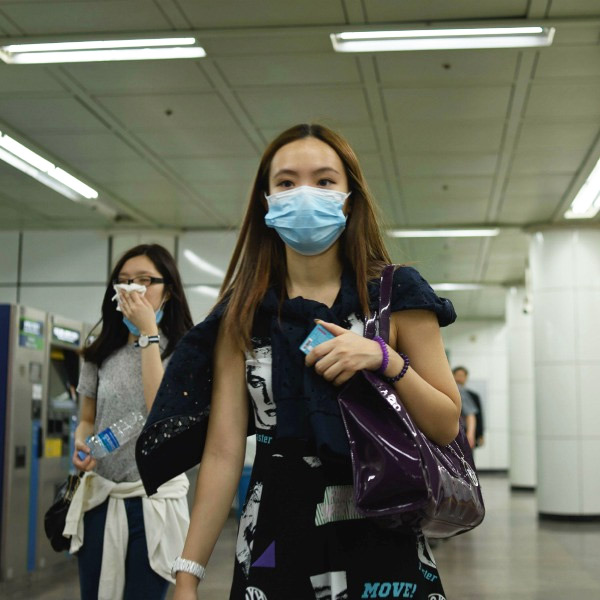 University of Tokyo researchers have developed a real-time statistical method to estimate death risk (i.e., the probability of death given infection) and identify risk factors of death during an infectious disease outbreak. Using this method, the researchers revealed that the death risk of the 2015 Middle East Respiratory Syndrome (MERS) epidemic in the Republic of Korea for patients with an illness prior to MERS infection was as high as 48.2% for those over 60 years while it was below 15% for younger patients. This method will be useful when the death risk of a novel infectious disease has to be quantified using data from small numbers of patients during the course of an outbreak, providing information on which age groups to minimize exposure in hospitals, nursing homes and daycare facilities.
University of Tokyo researchers have developed a real-time statistical method to estimate death risk (i.e., the probability of death given infection) and identify risk factors of death during an infectious disease outbreak. Using this method, the researchers revealed that the death risk of the 2015 Middle East Respiratory Syndrome (MERS) epidemic in the Republic of Korea for patients with an illness prior to MERS infection was as high as 48.2% for those over 60 years while it was below 15% for younger patients. This method will be useful when the death risk of a novel infectious disease has to be quantified using data from small numbers of patients during the course of an outbreak, providing information on which age groups to minimize exposure in hospitals, nursing homes and daycare facilities.
In order to put in place appropriate public health interventions in an ongoing disease outbreak, it is vital to estimate death risk accurately in real time and identify risk factors such as age, gender, occupation and health conditions. While there have been attempts to estimate real-time death risks during epidemics, such statistical models require data from large numbers of patients in the order of thousands and therefore could not be applied to the 2015 MERS epidemic in the Republic of Korea with small patient numbers.
Associate Professor Hiroshi Nishiura and his research group at the University of Tokyo’s Graduate School of Medicine have developed a new statistical method which the group applied in real time during the 2015 MERS epidemic. They found that MERS patients aged 60 or above were 9.3 times more likely to die from MERS than other patient age groups. Those who were already ill before infection with MERS (comorbid patients) were 7.8 time more likely to die compared with those who were not ill. The estimated overall death risk was approximately 20% and was unaffected by gender.
“All of my team members spent many sleepless nights during the several months of the MERS outbreak developing our new model,” says Nishiura. His team was surprised to find many marked similarities with the severe acute respiratory syndrome (SARS) which spread in China and Hong Kong in 2002 and 2003. “The elderly and the ill had higher death risks, and the overall percentage of death due to MERS and SARS was around 20%. We think that the transmission dynamics and severity of SARS and MERS are similar in many ways.”
The team hopes that in the future the new statistical method will be a useful tool to characterize emerging infectious diseases and will help when developing effective control strategies.
The study done by University of Tokyo.